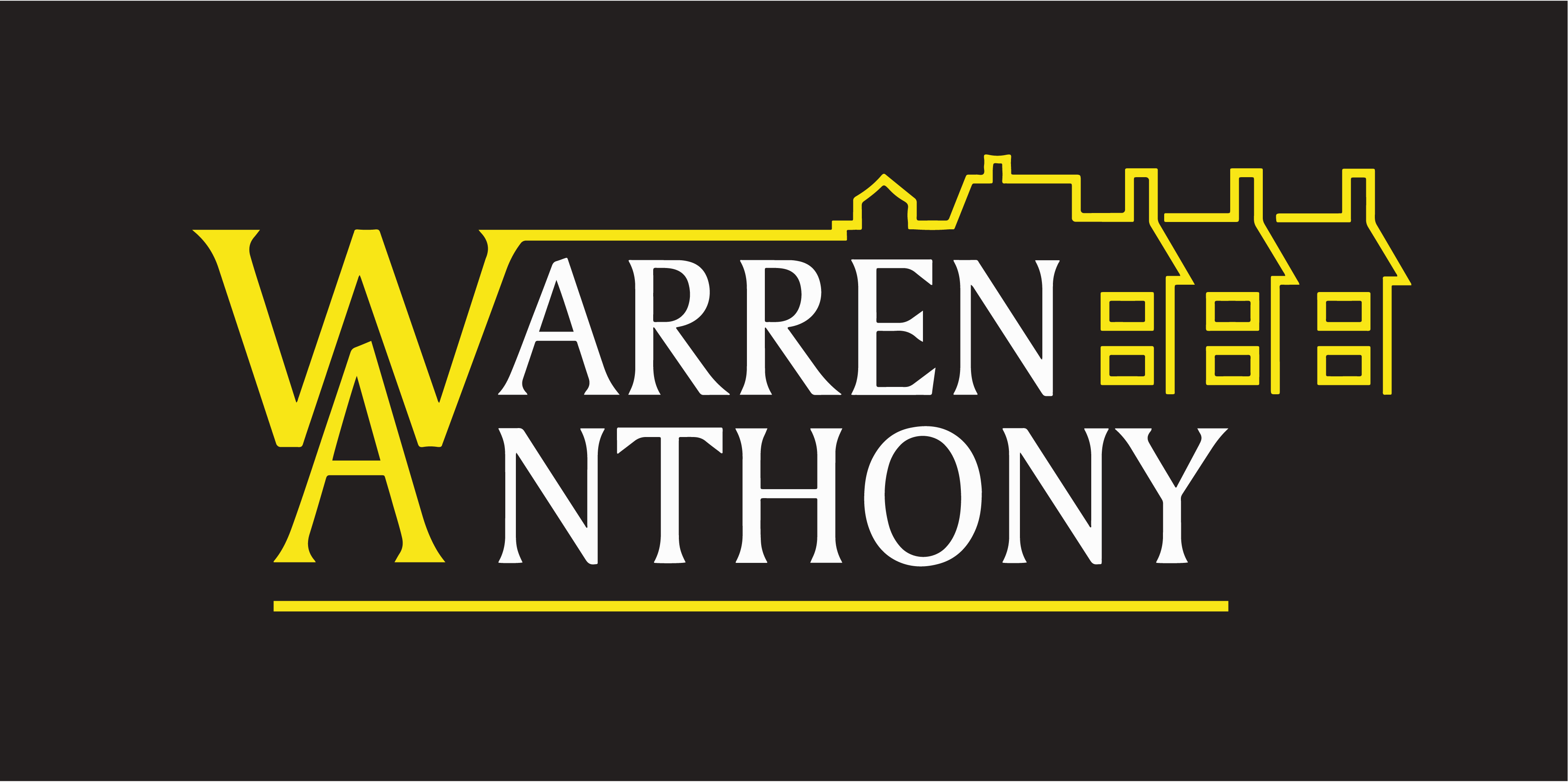This information is aimed at employers and people in control of premises, eg landlords, where man-made water systems are used that could be a potential source for legionella bacteria growth. It will help you to understand the health risks associated with legionella. Legionnaires’ disease: The control of legionella bacteria in water systems provides further details about how to manage and control the risks in your system.
What is legionnaires’ disease?
Legionellosis is the collective name given to the pneumonia-like illness caused by legionella bacteria. This includes the most serious legionnaires’ disease, as well as the similar but less serious conditions of Pontiac fever and Lochgoilhead fever. Legionnaires’ disease is a potentially fatal form of pneumonia and everyone is susceptible to infection.
However, some people are at higher risk, including:
- People over 45 years of age;
- Smokers and heavy drinkers;
- People suffering from chronic respiratory or kidney disease; and
- Anyone with an impaired immune system.
Where are legionella bacteria found?
The bacterium Legionella pneumophila and related bacteria are common in natural water sources such as rivers, lakes and reservoirs, but usually in low numbers. Since legionella bacteria are widespread in the environment, they may also contaminate and grow in purpose-built water systems such as cooling towers, evaporative condensers, hot and cold water systems and whirlpool spas.
There is a reasonably foreseeable legionella risk in your water system if:
- Water is stored or re-circulated as part of your system;
- The water temperature in all or some part of the system is between 20–45 °C;
- There are sources of nutrients such as rust, sludge, scale and organic matters;
- The conditions are likely to encourage bacteria to multiply;
- It is possible for water droplets to be produced and, if so, if they can be dispersed over a wide area, eg showers and aerosols from cooling towers;
- It is likely that any of your employees, residents, visitors etc are more susceptible to infection due to age, illness, a weakened immune system etc and whether they could be exposed to any contaminated water droplets.
Health and Safety Executive Legionnaires’ disease: A brief guide for dutyholders
The most common places where legionella can be found include purpose-built water systems, cooling towers, evaporative condensers, hot and cold water systems and spa pools. There are also a number of other systems that may pose a risk to exposure to legionella, eg humidifiers, air washers, emergency showers, indoor ornamental fountains etc.
What are my duties?
Under general health and safety law, as an employer or person in control of a premises (eg a landlord), you have health and safety duties and need to take suitable precautions to prevent or control the risk of exposure to legionella.
The control of legionella bacteria in water systems. Carrying out a risk assessment is your responsibility and will help you to establish any potential risks and implement measures to either eliminate or control risks. You may be competent to carry out the assessment yourself but, if not, you should ask someone with the necessary skills to conduct a risk assessment. This can be done by someone from within your own organisation or from someone outside, eg an external consultant.
How do I identify and assess sources of risk?
To identify the risks in your water system you, or a competent person who understands your water systems and any associated equipment, should establish any possible exposure to legionella risks, as listed above, as part of a risk assessment. Your risk assessment should include:
Management responsibilities, including the name of the competent person and a description of your system;
- Any potential risk sources;
- Any controls currently in place to control risks;
- Monitoring, inspection and maintenance procedures;
- Records of the monitoring results, inspection and checks carried out; and
- A review date. If you decide that the risks are insignificant and are being properly managed to comply with the law, your assessment is complete. You will not need to take any further action, but it is important to review your assessment periodically in case anything changes in your system.
How do I manage the risk?
As an employer or person in control of premises, you must appoint someone competent to help you comply with your health and safety duties, eg take responsibility for managing the risks. A competent person is someone with the necessary skills, knowledge and experience to manage health and safety, including the control measures.
You could appoint one, or a combination of:
- Yourself
- One or more workers; and/or
- Someone from outside your business.
